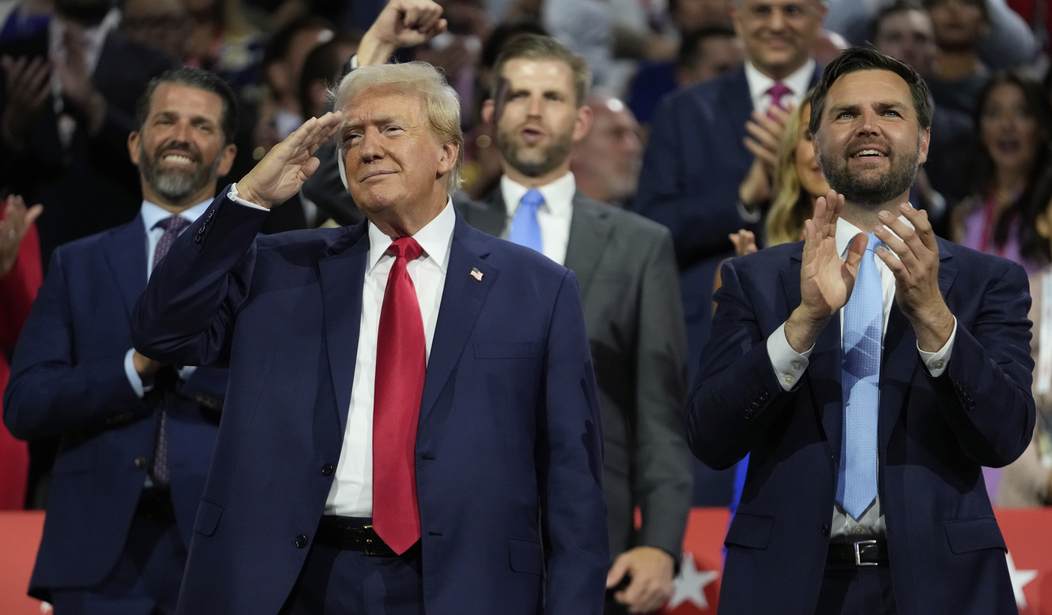The NFL Draft is America’s most glorious mash-up of empirical, data-driven science, and Ouija Board-level psychobabble. On one hand, teams spend millions of dollars to evaluate every conceivable metric – height, weight, speed, medical history, game tape, and comprehensive background checks – but since that doesn’t always work, they also rely on guesswork, folklore, and sports mythology.
But no matter what they do, NFL teams still screw-up the draft with shocking regularity. From 2009 to 2018, a ten-year period, a whopping 60 percent of first round draft picks failed to earn a second contract from the team that drafted them. (And the hit rate dropped precipitously in rounds two through seven.) So, even with all the data, tech and resources at their disposal, NFL teams still are more likely to fail than succeed on Draft Day.
Why is this?
Football is a strange game: If a baseball pitcher can throw a ball 105 MPH with accuracy, he can play anywhere. If a track star runs a blazing 100-yard dash in one city, he’ll probably do pretty well in another city. But football success is as much about X’s and O’s as Willie’s and Joe’s – meaning that a player who’s successful in one college system, against one level of opposition, might not be successful when the system changes.
It’s not just college kids either: NFL free agency is riddled with teams overspending and misjudging talent, paying a premium for an NFL veteran who looked great in one system – when surrounded by certain teammates – but alas, his skill set just doesn’t translate to his new team. And thus, he’ll get cut after a year or so.
Different teams have vastly different philosophies when it comes to talent acquisition. Some draft for traits, meaning that they only seek players who fit specific profiles. Others draft for accomplishments and accolades, because they believe that “winners” and “losers” are less about how big or fast you are, but something intrinsic to your DNA. Sometimes a team will roll the dice and draft a player with a tremendous upside, even though he might never realize his potential. And some teams will do the opposite, and pivot to a player who might not have a big upside, but he can at least do an acceptable job in a position of critical need – and hey, maybe he’ll surprise you in a few years anyway.
The basic argument comes down to ceiling versus basements. A player with a high ceiling is a kid with untapped potential who might be a superstar, but still carries developmental risk; a player with a high basement is someone who can at least be an okay backup and hopefully an acceptable starter, but might not have the physical traits to develop any further.
JD Vance was a high ceiling pick. He was selected for his upside.
Other potential VPs had much higher basements. Tim Scott and Marco Rubio, for example, could be plugged in right away and potentially put the Left on the defensive, especially with key demographics that the Democrats desperately need to win. And someone like Nikki Haley could’ve contributed ASAP by peeling away women voters. JD Vance isn’t a plug-and-play VP selection. He’s mostly unknown to the American people, which means he’ll have to build his own profile and name recognition.
But until he establishes himself, he’s in danger of being defined by the Democrats. And the Democrats – who are in a very awkward position after the failed assassination attempt – will dedicate all their resources into turning JD Vance into an unstable extremist who hates women, can’t be trusted, and is a dishonest politician who knew Trump was Hitler, but changed his tune when the political winds began to change. Post-assassination attempt, it’s much more challenging to attack Trump directly, so the Democrats will allocate all their weaponry at Vance, trying to label him as a risky, untrustworthy choice.
And it’s an allegation that can hurt Trump, because his track record at nominating people and identifying new political talent has been a real weakness. Omarosa, Mike Pence, Anthony Scaramucci, John Bolton, etc., do NOT inspire confidence. It’s probably worth noting that the most successful, most popular members of Trump’s inner circle are Ivanka Trump, Jared Kushner, Eric Trump, Lara Trump and Don Trump Jr. – all of whom are either blood relatives or in-laws. Identifying outside, non-familial talent hasn’t been one of Trump’s strengths.
Conversely, with the media and/or pop-culture’s headwinds perpetually at their backs, the Democrats have perfected the art of reputational assassination, turning it into a science. (Go ask Sarah Palin how vicious the mainstream media can be to young, unestablished Republicans when they first appear on a national stage.)
JD Vance has a very limited amount of time to build his own brand. His greatest strength is his personal interest story: overcoming poverty, witnessing the horrors of addiction, serving as a Marine, maintaining his faith, believing in the American Dream, and understanding – in ways the Bidens and Pelosis of the world never could – how to connect with voters who’ve been left behind. Vance needs his first televised address to be a deeply-moving autobiographical primer on who he is as a man – and what’s inside his heart – because if you don’t define it yourself, your opposition will define it for you.
Even though his plug-and-play upside is limited, Vance’s long-term potential is intriguing – and revealing. When a president selects a running mate, it reveals the vulnerabilities he's trying to mask. In 2016, Trump chose Pence because Pence was a boring, traditional, predictable politician – and Trump’s perceptual vulnerability was that he was a political novice who needed to surround himself with qualified grownups.
That’s not Trump’s vulnerability anymore.
As a former president, he’ll enter the White House with all the experience he needs. He’s no longer a political novice, but a political kingmaker – the man who rebuilt and realigned the Republican Party. He’s no longer desperate to placate his MAGA critics,either; they’re no longer capable of splitting the party, for they’ve been excised from it.
JD Vance was a legacy pick. He was like selecting a quarterback in the top of the first round… and then hoping he’ll develop when the starter retires. Sometimes this strategy works great, and you go straight from Brett Favre to Aaron Rodgers to Jordan Love. Sometimes it doesn’t. But either way, MAGA World now has its successor.
But we still need to win in 2024, or there won’t be a legacy to succeed.










Join the conversation as a VIP Member